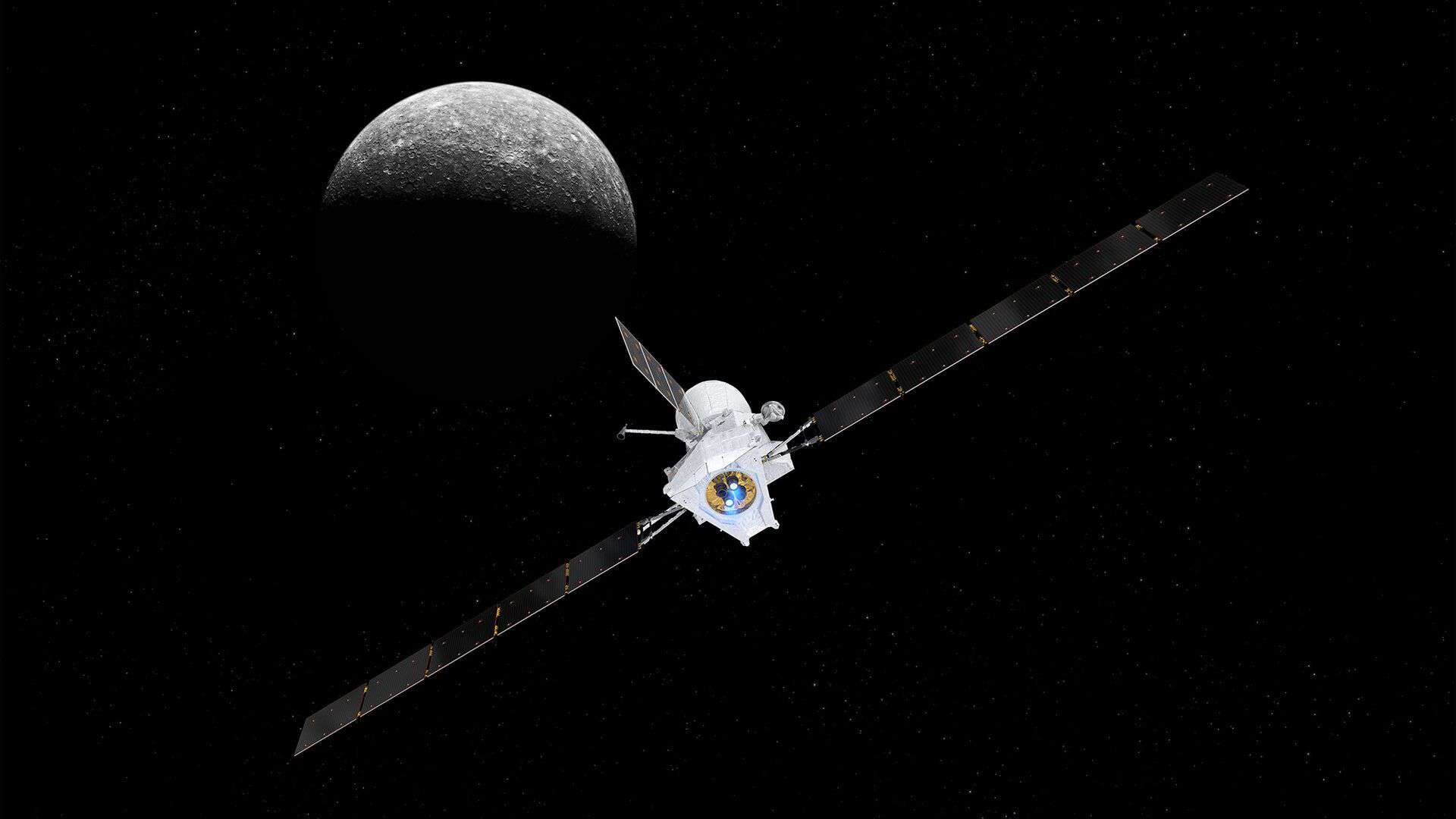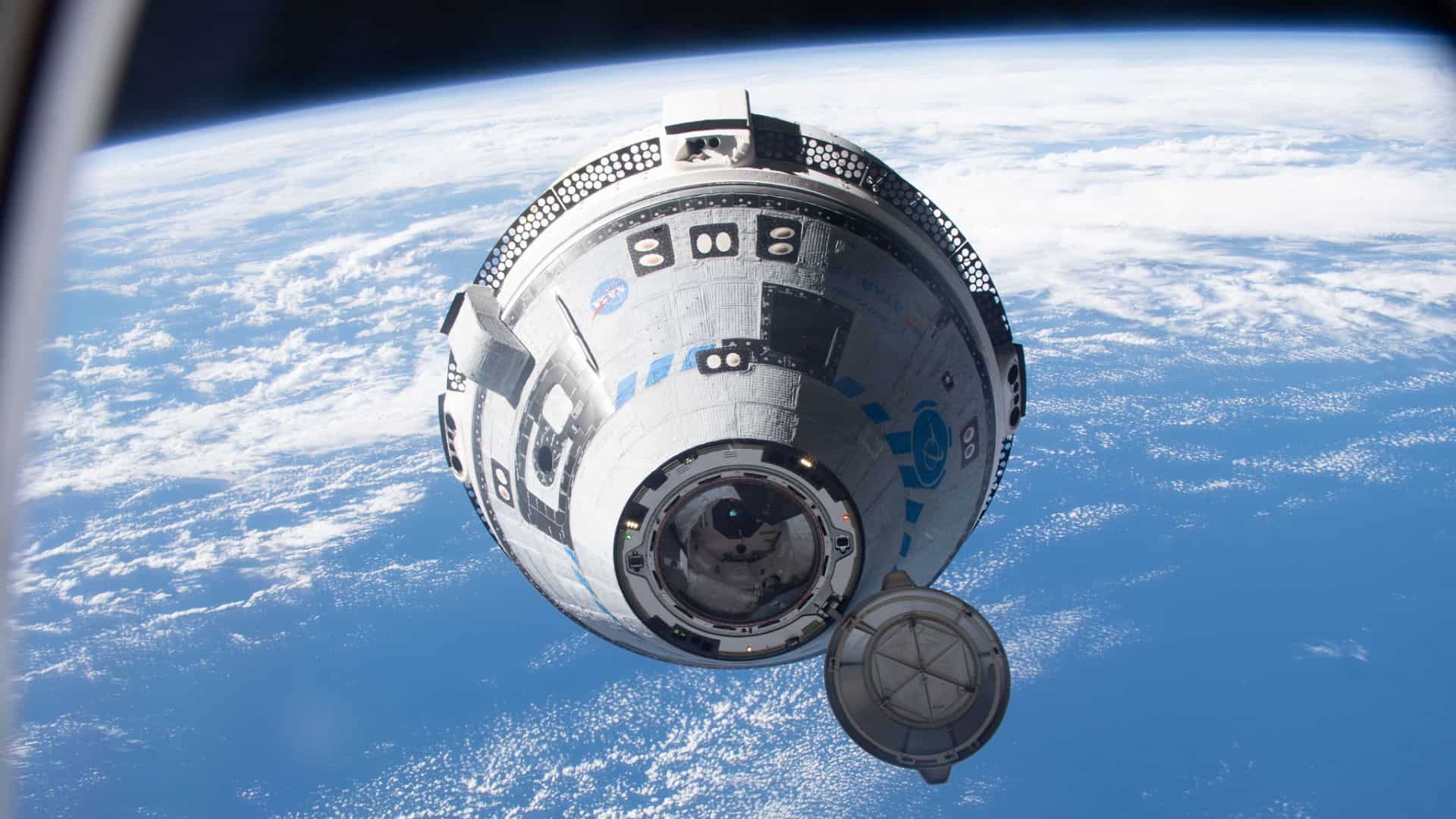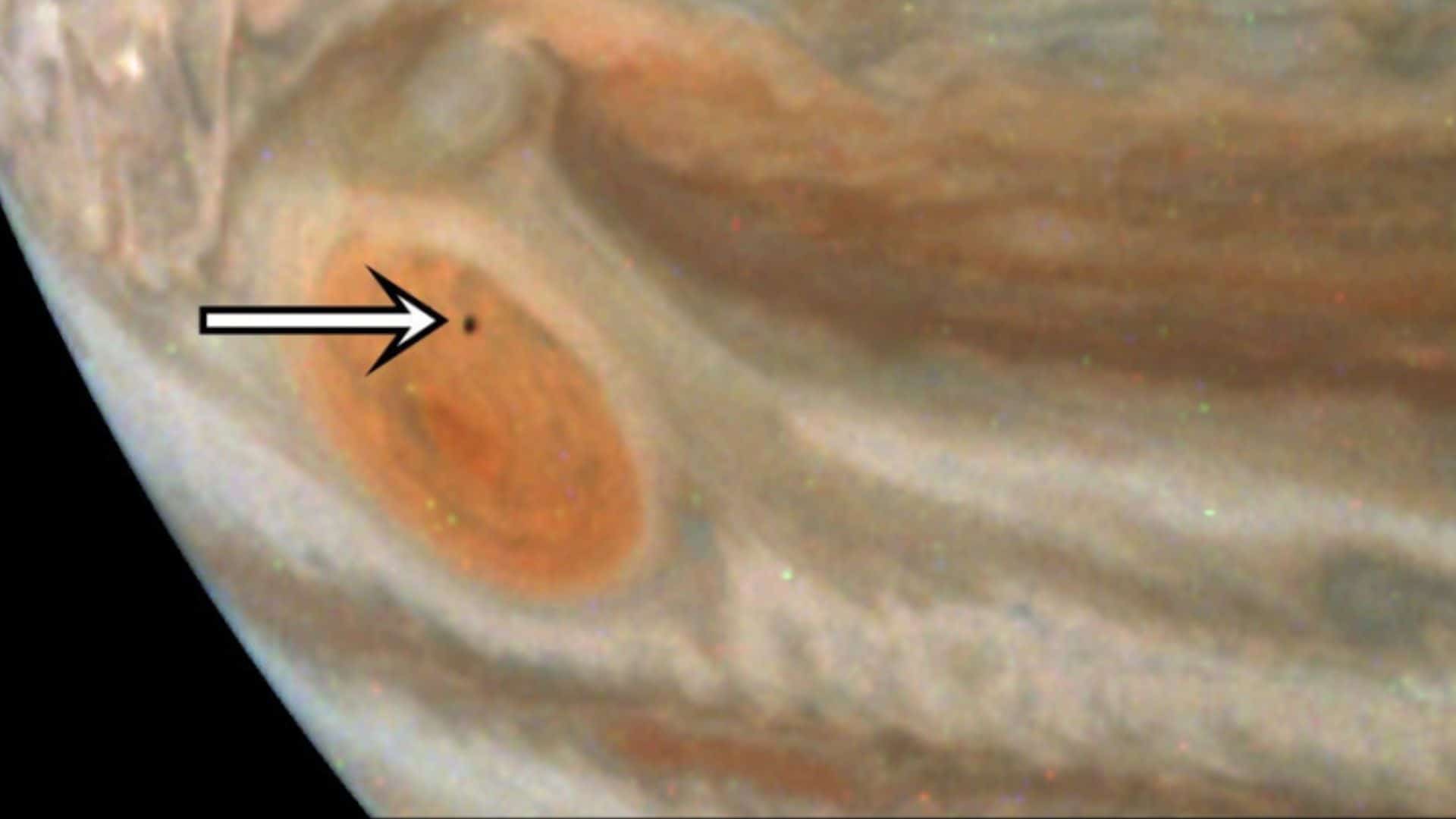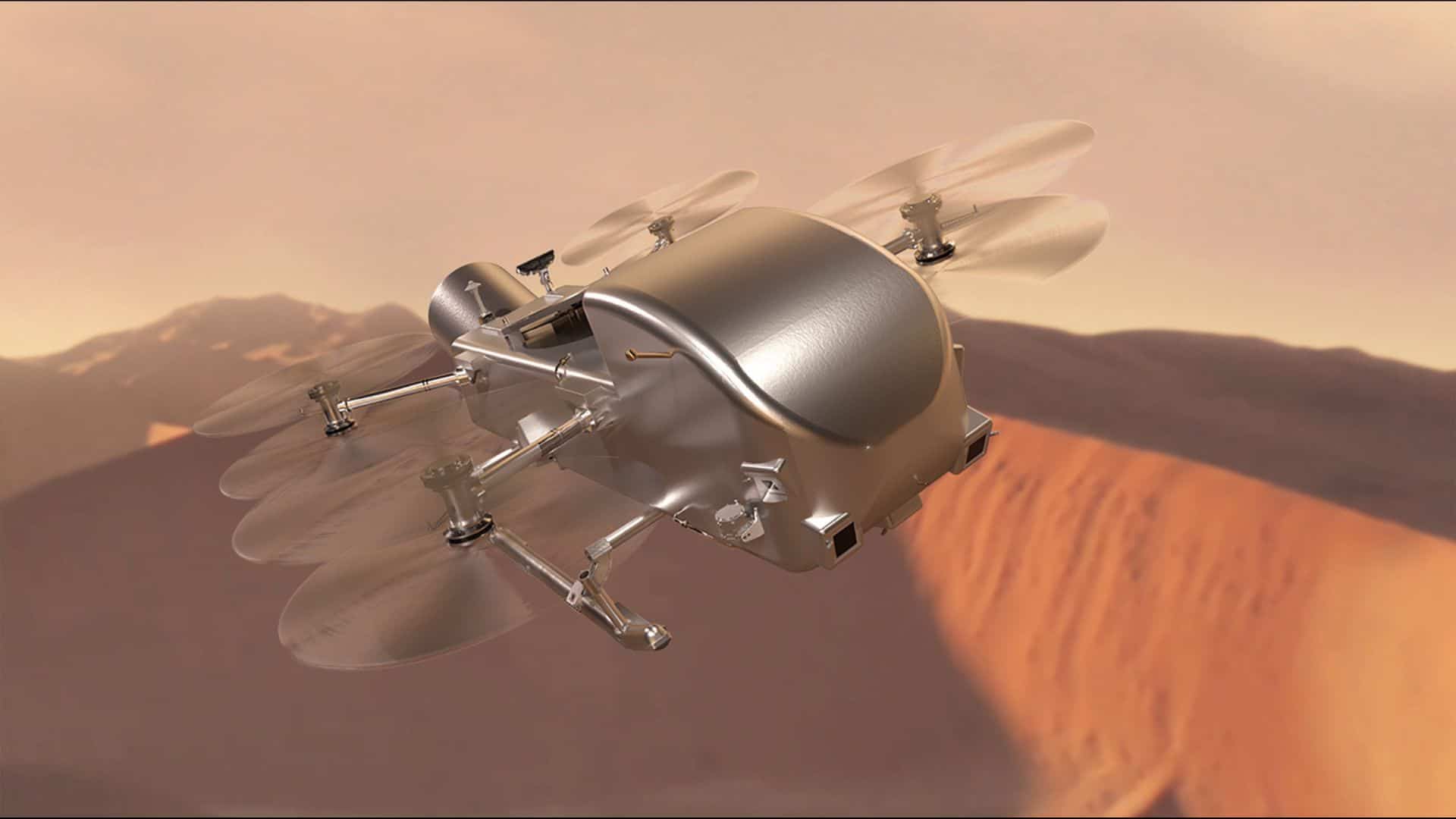NASA’s Juno spacecraft has captured images of the largest lava lake in our solar system with unprecedented details, named Loki Patera.
This lava lake is 124 miles (200 kilometers) wide and located on Jupiter’s volcanic moon Io.
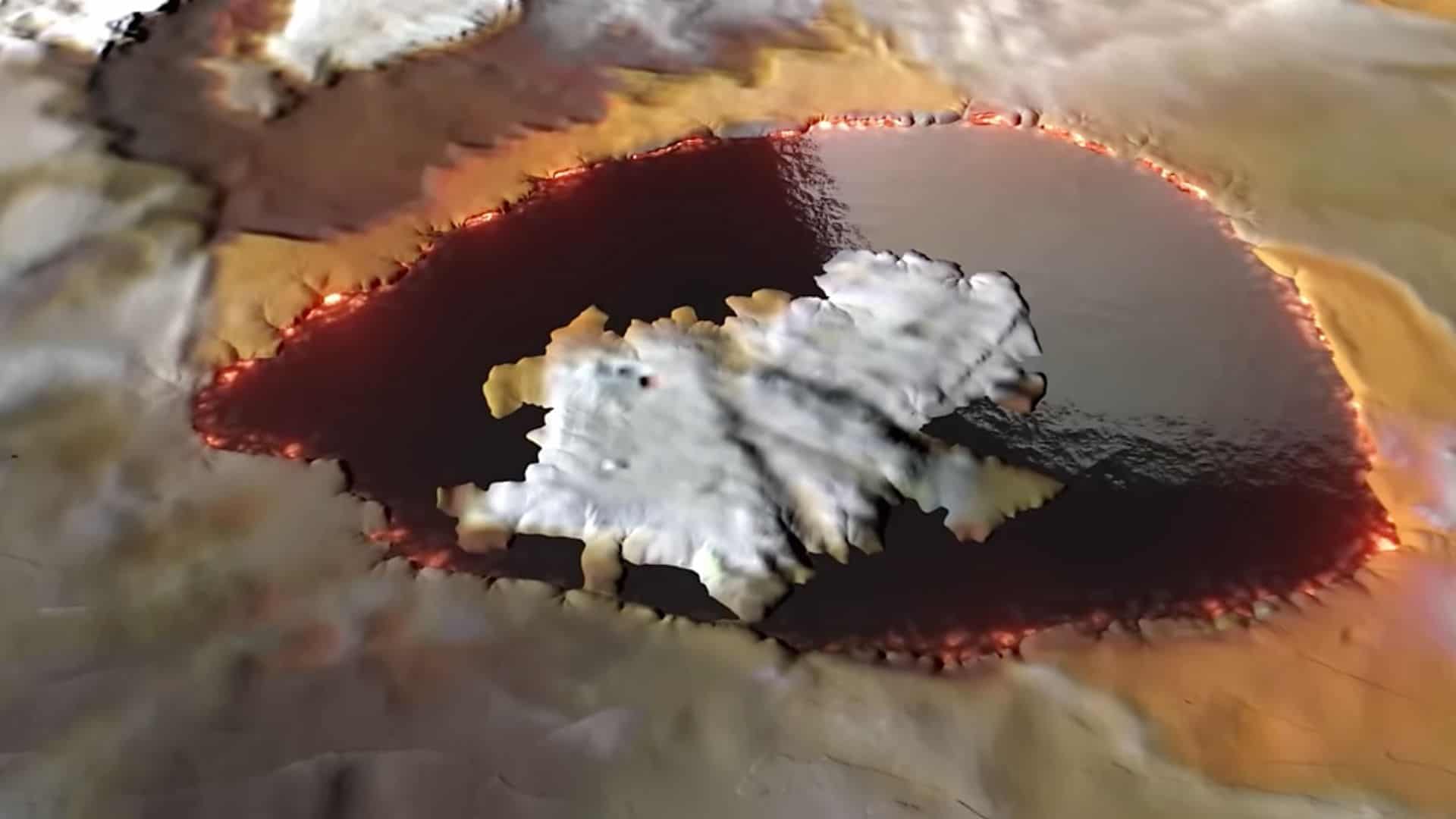
Io is the third-largest moon of Jupiter after Ganymede and Callisto. It is the most volcanically active world in our solar system which contains hundreds of volcanoes.
Juno spacecraft captured these images of Loki Patera during its two closest flybys of Io on December 30, 2023, and February 3, 2024.
At that time, the spacecraft was only 930 miles (1,500 kilometers) above the moon’s surface.
Now NASA scientists have created an animation of these images and released on April 18, 2024.
Juno spacecraft saw spectacular reflection from Loki Patera during its two closest flybys of Io, and now the animation shows the surface of Loki Patera is as smooth as glass.
This animation also shows a spectacular view of the large island inside the lava-filled lake, Loki Patera.
NASA’s Juno spacecraft, which is named after the Roman goddess Juno (the wife of Jupiter), was launched on August 5, 2011.
The spacecraft arrived at Jupiter’s orbit on July 4, 2016, and completed its primary mission in July 2021.
Currently, the spacecraft is on its extended mission, and it will continue its investigation of the solar system’s largest planet through September 2025, or until the spacecraft’s end of life.
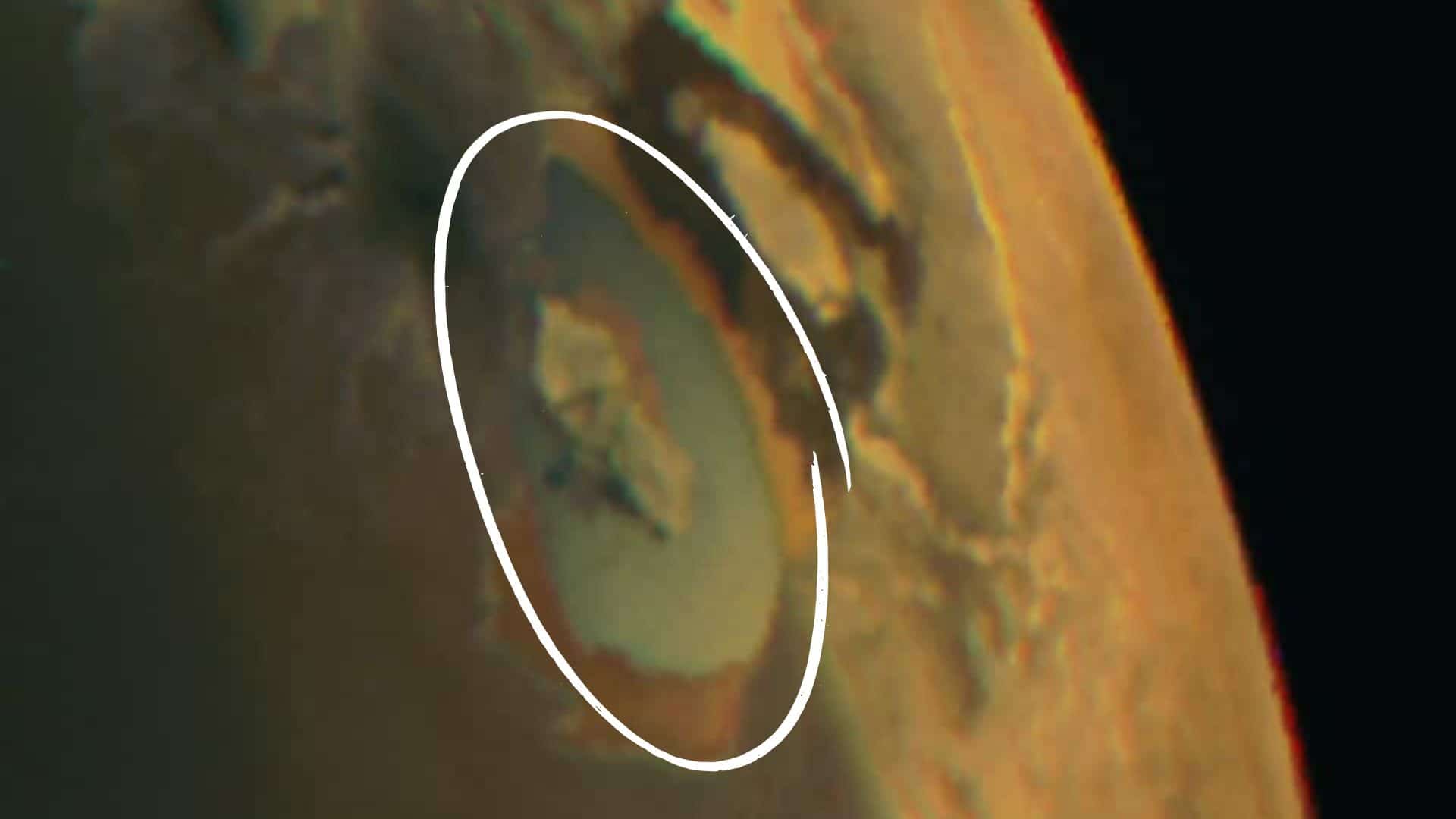
Please bookmark Spaceandtelescope.com or follow us on Facebook and Twitter to get latest space news, upcoming skywatching events and astronomy-related content.
